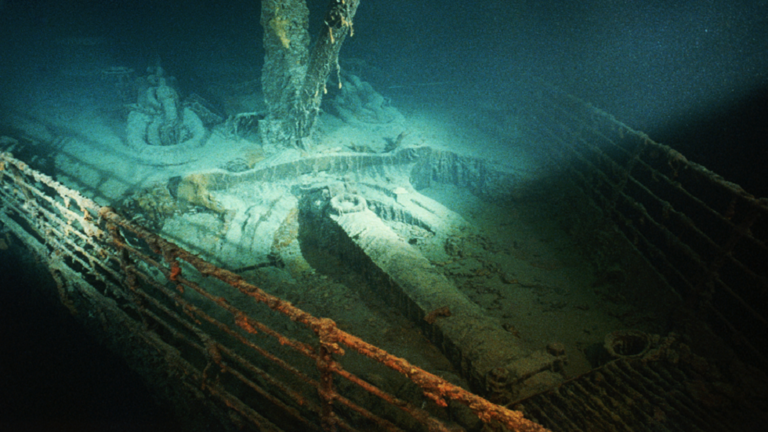Paul-Henri Nargeolet has dived to the wreck of the Titanic more than anyone else, in fact, over 30 times in total. During one of those trips in 1998, a mysterious sonar signal was recorded near the wreck site. In the decades that followed, no one could determine what the light point was, whether it was another shipwreck, some kind of geological feature, or something entirely new. Now, in 2022, the mystery has finally been solved.
On an expedition to the Titanic wreck earlier this year, Nargeolet and his colleagues managed to document deep coral reefs teeming with marine life, at a depth of about 2900 meters (9514 feet) below the surface. Nargeolet stated, “We didn't know what we would discover. On the sonar, it could be a number of things including the possibility of being another shipwreck. I was looking for an opportunity to explore this large body that had appeared on sonar a long time ago. It was amazing to explore this area and find this incredible volcanic formation rich with life.”
Researchers observed sponges, corals, fish, lobsters, and more on top of a basalt mountain range, temporarily named Nargeolet-Fanning Ridge. While it will take some time to analyze all the images and videos from the latest dive, the team is eager to share their findings with other scientists to enhance our understanding of deep-sea life.
One interesting investigation aims to determine how types of life, the concentration of organisms, and the overall ecosystem formation differ between Nargeolet-Fanning Ridge and the nearby famous shipwreck. Marine biologist and chief scientist of the expeditions, Steve Ross from the University of North Carolina, commented, “The similarities and differences will help us better understand our deep-sea environments.”
The researchers also collected numerous water samples that can be analyzed through environmental DNA processes to learn more about the species present in this newly discovered ridge. Computer models will also be used to understand how life persists in the area, linking ongoing scientific efforts to learn more about how sponges and corals can spread widely across the ocean.
All of this plays a role in the ongoing research on how climate change impacts the oceans and how these sensitive ecosystems can adapt and survive as waters warm. Marine biologist Murray Roberts from the University of Edinburgh in the UK stated, “We need to share this information with the scientific community and policymakers to ensure that these vulnerable ecosystems receive the appropriate attention and protection they deserve.”




